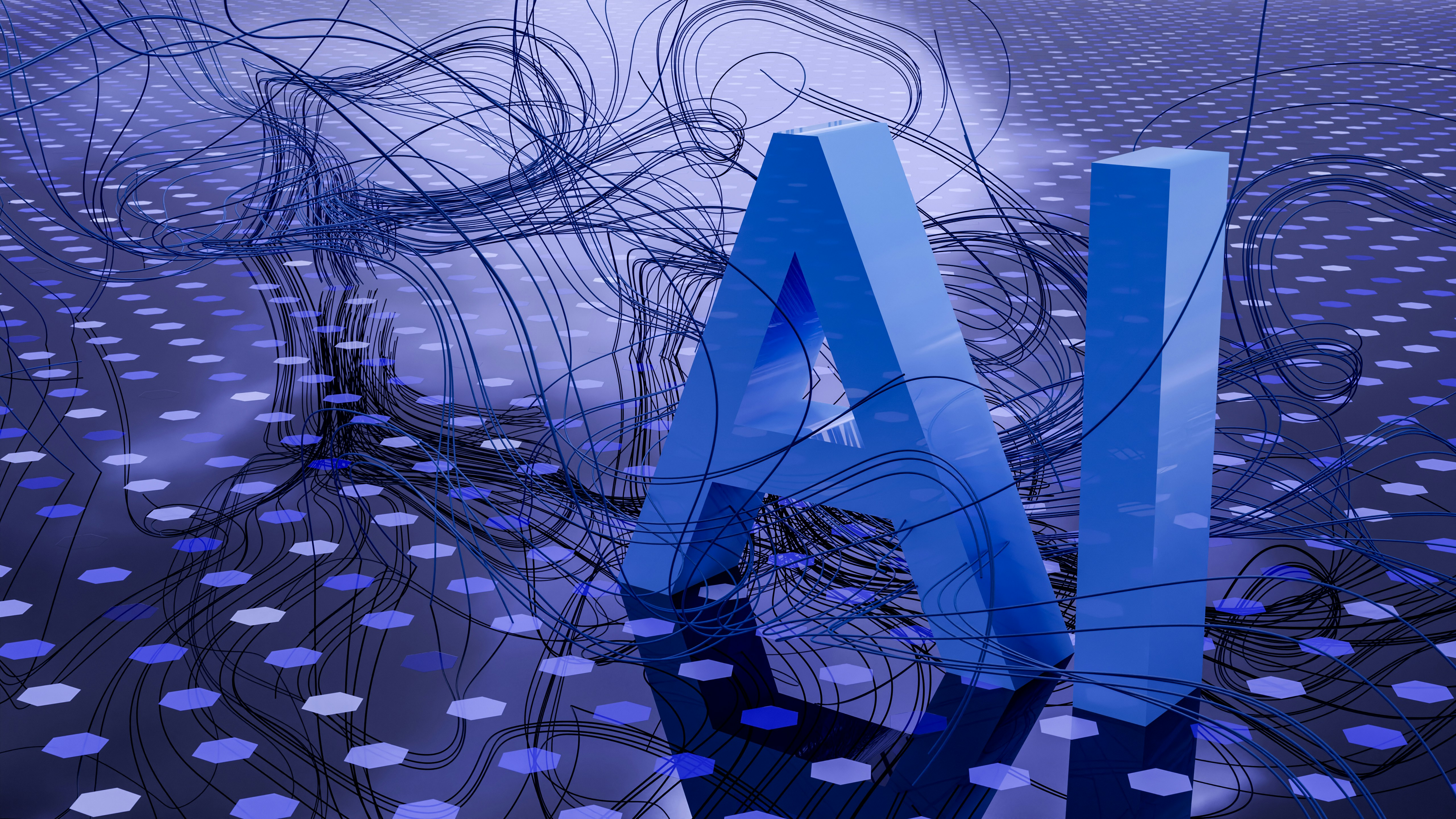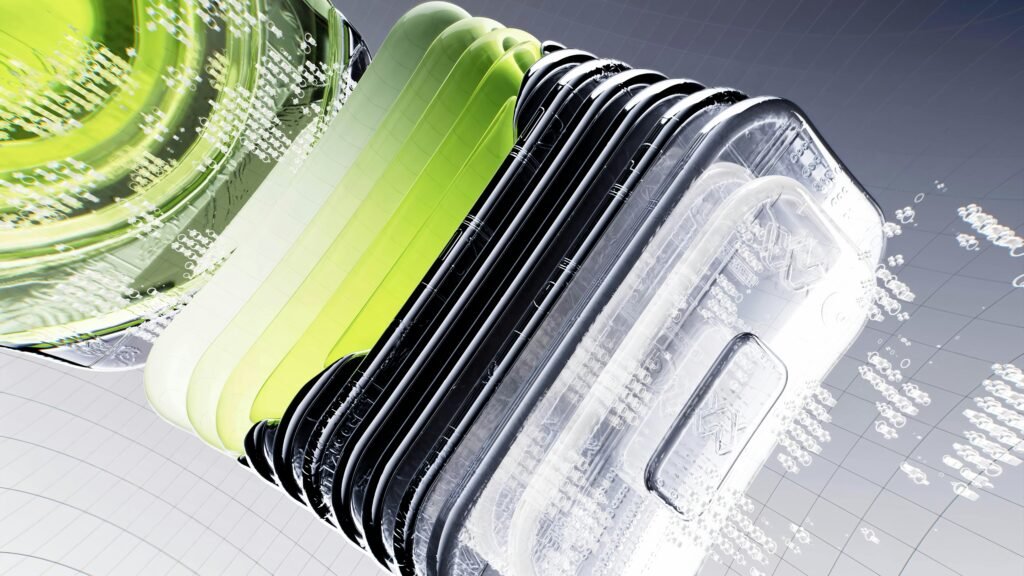🎨 AI for Enhanced Visual Content Creation

Introduction
In the digital age, visual content drives engagement, storytelling, and brand identity. Whether it’s marketing campaigns, social media posts, or product design — visuals define how audiences perceive value.
Enter Artificial Intelligence (AI) — the game-changer in creative industries. AI is revolutionizing how we create, edit, and optimize visual content, empowering both professionals and beginners to produce high-quality visuals faster than ever.
In this article, we’ll explore how AI enhances visual content creation, the best tools available, and how businesses and creators can leverage it to stay ahead in today’s visual-first world.

1. The Rise of AI in Creative Industries
A few years ago, creating professional visuals required advanced skills in tools like Photoshop or Illustrator. Today, AI-powered platforms can generate realistic images, edit photos, and even design complete brand assets — all within minutes.
From AI photo generators to video editing automation, artificial intelligence has transformed creative work into a data-driven, efficiency-enhancing process.
👉 Fact: According to Forbes, 70% of marketers now use AI tools to enhance content creation efficiency and quality.
2. How AI Enhances Visual Content Creation
AI doesn’t just make content creation faster — it makes it smarter. Here’s how:
🧠 1. Smart Image Generation
AI image generators like Midjourney, DALL·E 3, and Adobe Firefly use deep learning to create stunning visuals from simple text prompts. Want a futuristic cityscape or a minimalist product photo? Just describe it — AI does the rest.
✂️ 2. Automated Editing and Enhancement
Tools like Luminar AI or Topaz Labs enhance photos automatically by adjusting lighting, sharpness, and color balance — with results that rival professional editors.
📸 3. Background Removal and Replacement
AI tools such as Remove.bg or Canva AI make it easy to isolate subjects, replace backgrounds, and create clean, professional designs — perfect for e-commerce and branding.
🎥 4. Video and Motion Graphics
AI-driven platforms like Runway ML and Pika Labs enable creators to edit videos, add motion effects, and generate animations using natural language commands.
🎨 5. Consistent Brand Visuals
AI tools can ensure visual consistency across your brand by learning your color palettes, typography, and tone — saving time for designers and marketing teams.
3. Top AI Tools for Visual Content Creation
Here are some of the best AI-powered creative tools for different types of visual work:
| Tool | Best For | Main Feature |
|---|---|---|
| Midjourney / DALL·E 3 | Image Generation | Create realistic or artistic images from text prompts |
| Canva Magic Studio | Design & Marketing | AI design suggestions, text-to-image, and smart resizing |
| Runway ML | Video Editing | AI-based motion graphics and video automation |
| Adobe Firefly | Creative Professionals | Integrates with Photoshop and Illustrator for AI effects |
| Topaz Labs | Photo Enhancement | Sharpening, noise reduction, and upscaling |
| Remove.bg / Cleanup.pictures | Image Cleanup | One-click background and object removal |
👉 Pro Tip: Combine two or more tools (like DALL·E + Canva) to get highly customized, professional visuals effortlessly.
4. Benefits of Using AI in Visual Creation
AI doesn’t replace human creativity — it amplifies it. Here’s why creators and brands are turning to AI tools:
- 🚀 Speed & Efficiency: Create high-quality visuals in minutes instead of hours.
- 🎯 Consistency: Maintain brand aesthetics across all platforms.
- 💡 Creativity Boost: Generate new design ideas through AI suggestions.
- 💰 Cost Reduction: Cut down on outsourcing and repetitive design work.
- 🌍 Accessibility: Even non-designers can now produce professional visuals.
AI empowers anyone — from marketers to freelancers — to express ideas visually with precision and impact.
5. Challenges and Ethical Considerations
While AI offers amazing advantages, it also raises questions about authenticity and copyright.
AI-generated visuals can blur the line between original and derivative content. Therefore, it’s essential to:
- Verify the source of training data (especially for commercial use).
- Maintain human input in creative decisions.
- Use AI as a tool — not a substitute — for originality.
👉 Note: Always ensure your AI-generated content follows the platform’s copyright and usage guidelines.
6. The Future of AI in Visual Creativity
The future of AI in design is collaborative creativity — where human imagination meets machine intelligence.
Expect to see tools that generate entire brand identities, real-time 3D visuals, and even interactive AI-powered ads.
By blending creativity with computation, AI will continue to redefine what’s possible in design and storytelling.
Conclusion
AI is more than just a productivity booster — it’s a creative partner that empowers designers, marketers, and entrepreneurs to create visually stunning content at scale.
By embracing AI for enhanced visual content creation, you not only save time but also unlock endless possibilities for innovation and expression.
Whether you’re a brand, freelancer, or creative visionary, the future of content creation is AI-driven, fast, and beautifully intelligent.
🧩 FAQs About AI for Enhanced Visual Content Creation
1. How does AI help with visual content creation?
AI automates tasks like image generation, background removal, and enhancement, allowing creators to focus on creativity and storytelling.
2. What are the best AI tools for creating visuals?
Some top tools include Midjourney, DALL·E 3, Canva Magic Studio, Adobe Firefly, and Runway ML.
3. Can AI replace graphic designers?
No. AI assists designers by automating repetitive tasks and suggesting creative ideas — but human creativity remains irreplaceable.
4. Is AI-generated visual content copyright-free?
It depends on the platform. Always review usage rights and licensing terms before publishing AI-generated visuals commercially.
5. How can small businesses benefit from AI visual tools?
Small businesses can use AI to design professional social media posts, ads, and product visuals without hiring full-time designers.



